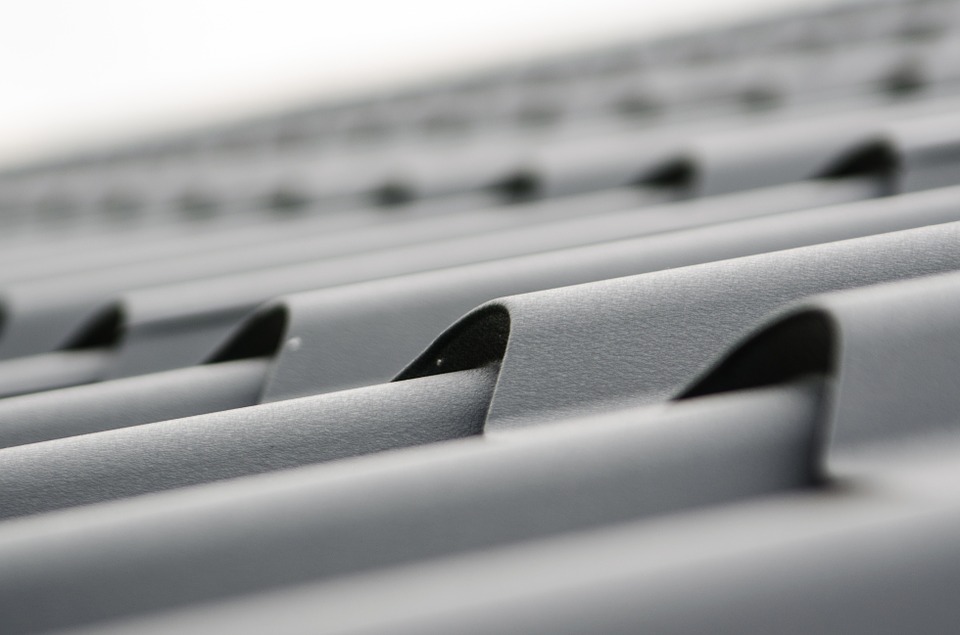
The roof plays an indispensable role in any home. As such, the structure of the room should be an essential part of your home improvement plans. When designing a new from scratch or embarking on any home improvement project, your roof of choice should not only protect you, it should also enhance the value of your property. There are many things to examine when choosing a roof. Some of these materials include the weather patterns, the design of your house, and your budget.
Types of roofs
Asphalt shingle
This is one of the most commonly used roofing materials. This is attributed to the fact that is a cost- effective roofing option, which comes in a wide variety of colors. Moreover, when it comes to repairing some parts of the roof, you do not have to replace the whole unit. The installation and repair are somehow straightforward, which explains why it is advisable to have some extra units at home just in case there is a problem with your roof.
effective roofing option, which comes in a wide variety of colors. Moreover, when it comes to repairing some parts of the roof, you do not have to replace the whole unit. The installation and repair are somehow straightforward, which explains why it is advisable to have some extra units at home just in case there is a problem with your roof.
Metal Roof
Metallic roofs are quite popular today. Most homeowners highly prefer them due to their lightweight nature. Some metallic roofs are made from sheets of tin, aluminum, copper or steel. If you are planning to replace your existing roof with metallic units, you can install it without removing the one underneath.
Clay Tiles
Another type of roofing material worth considering is clay. This is a practical option especially in areas prone to fires. Their poor conductivity property makes them very good in areas with high temperatures. The only downside with clay roofs is that they are prone to damage especially when exposed to sudden impacts.
Concrete Tiles
Concrete tiles are preferred when you need to create flat roofing. They are known to offer high structural strength. If you need to install a concrete roof, you should be in a position to base it on its convenience, the quality, budget, and your taste and preferences.
Wood shingles
 Also known as shakes, shingles are known to provide very cool indoor temperatures thanks to the insulation property offered by this material. They are also good when you need a roof that complements your structural plan. The only downside with this type of roof is that high humidity levels and weather extremes that might make the roof crack, thus destroying it.
Also known as shakes, shingles are known to provide very cool indoor temperatures thanks to the insulation property offered by this material. They are also good when you need a roof that complements your structural plan. The only downside with this type of roof is that high humidity levels and weather extremes that might make the roof crack, thus destroying it.
These are some common roofing options to look at when you need to install a new roof or replace an existing one. Once you make a choice, work with a certified roofing contractor. An experienced contractor should be able to advise you on the best option and see to it that the job is done as per industry standards.
